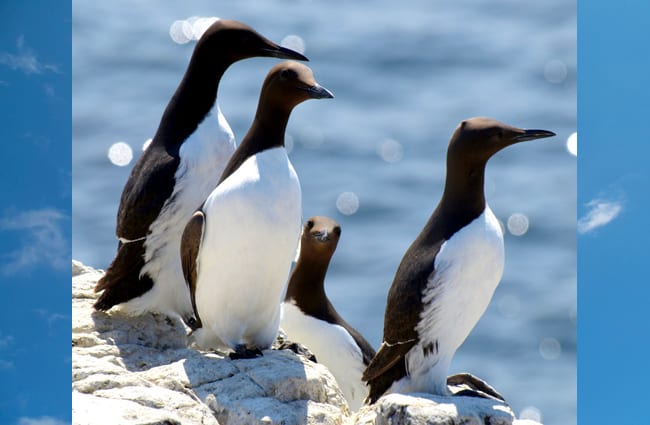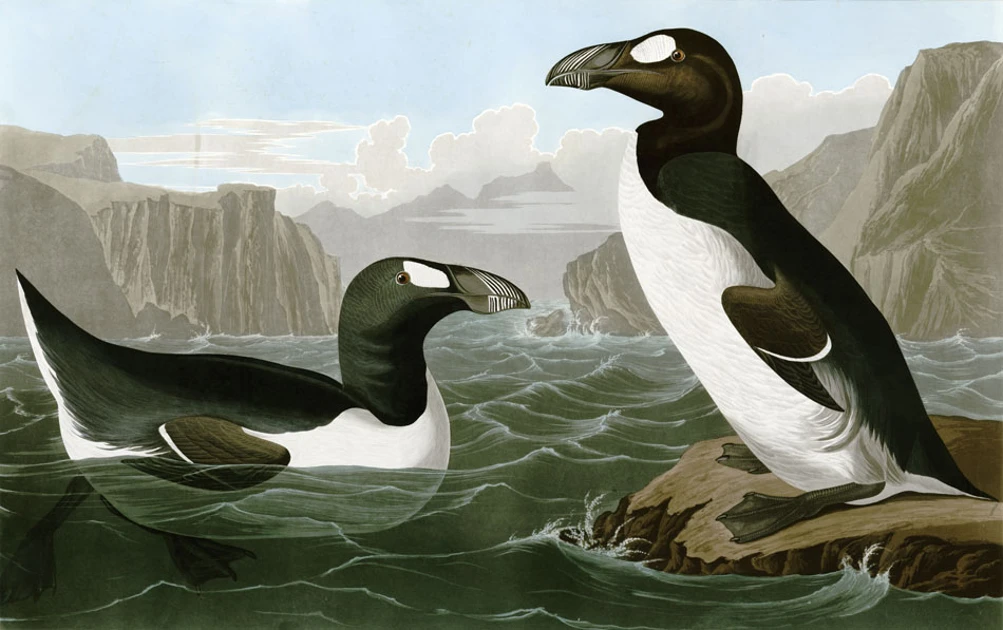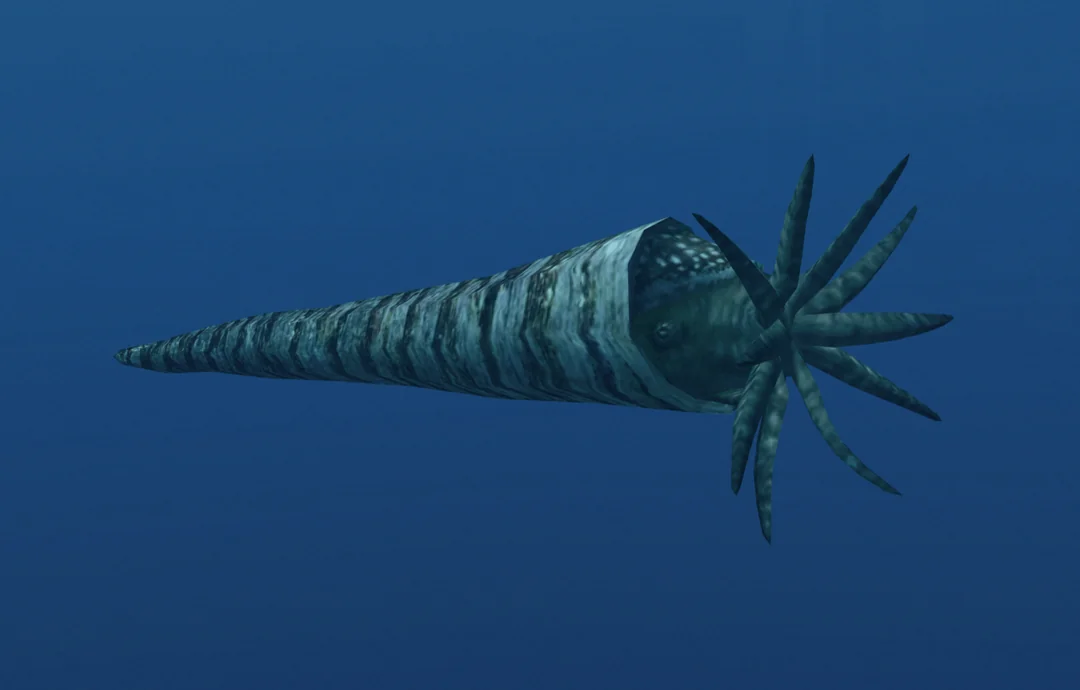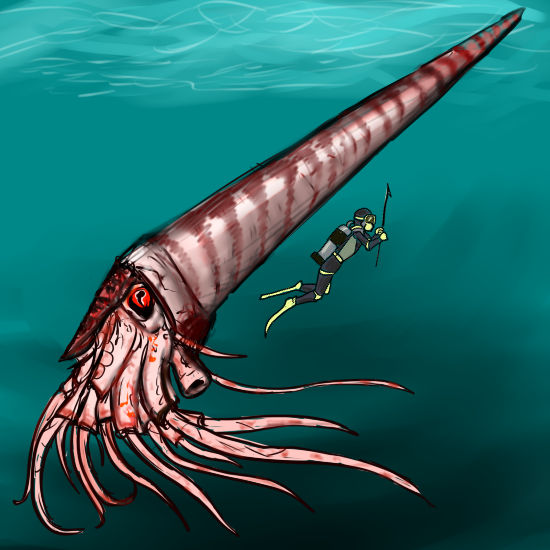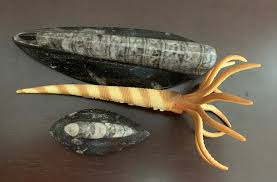The Great Auk was a flightless seabird that stood about 75-85 cm (30-33 in) tall and weighed 5 kg (11 lb), making it the largest member of the alcid family. This penguin-like bird inhabited the North Atlantic coasts and islands until its extinction in the mid-19th century.
Often called the "original penguin" (the word penguin was first used for this bird), the Great Auk was a powerful swimmer that fed on fish and crustaceans. It nested in dense colonies on isolated rocky islands, where its inability to fly made it vulnerable to human exploitation.
The last known pair was killed on Eldey Island, Iceland, in 1844, while incubating an egg that was later crushed. The Great Auk's extinction marked one of the first clear cases of humans driving a species to extinction through overharvesting.
